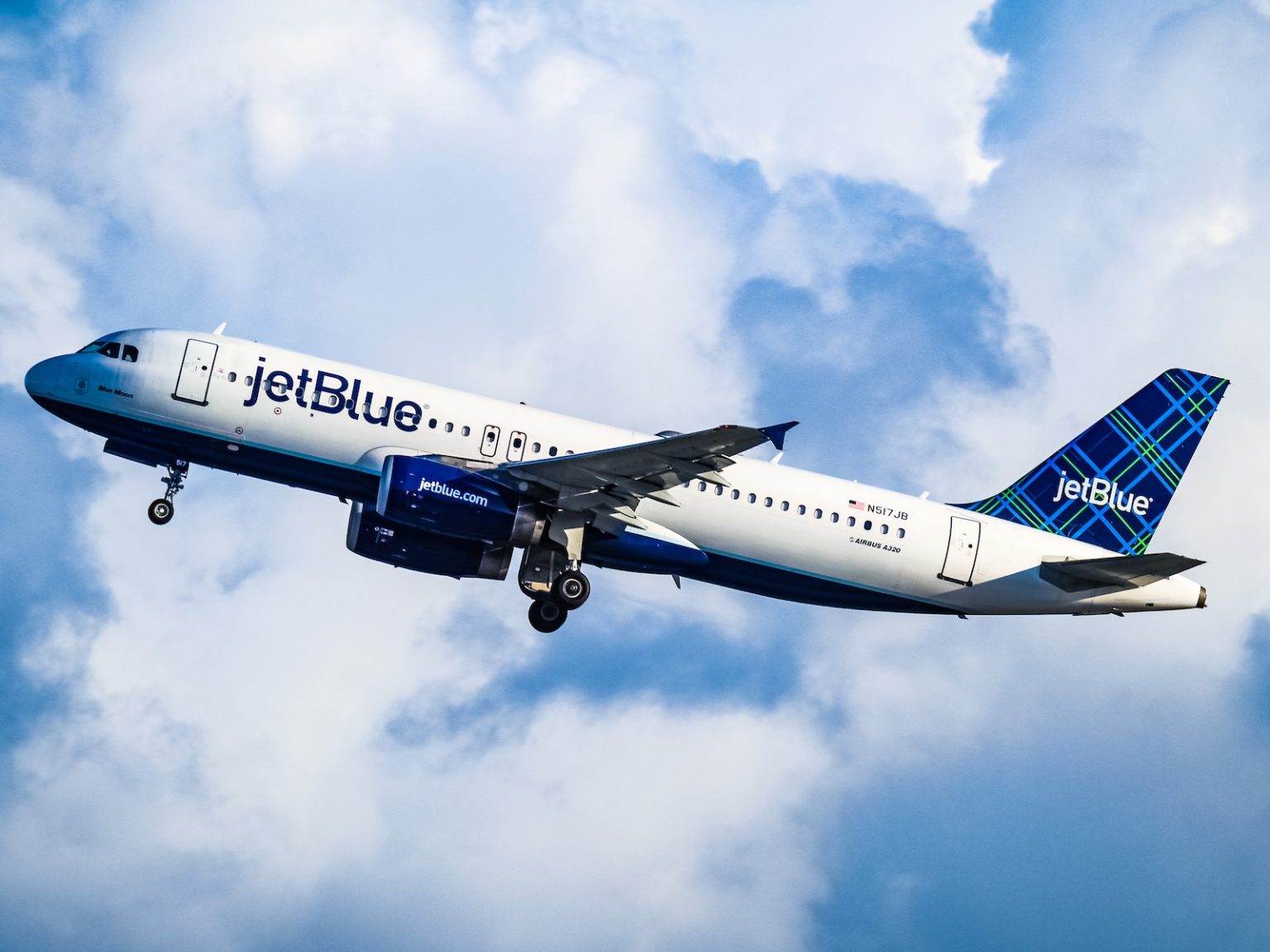JetBlue Partners with Amazon’s Project Kuiper for Next-Generation Inflight Wi-Fi
In a groundbreaking announcement that signals a new era for inflight connectivity, JetBlue Airways revealed plans to become the first airline to integrate Amazon’s Project Kuiper satellite broadband service into its fleet. The partnership, announced on September 4, 2025, promises to revolutionize the passenger experience by delivering substantially faster and more reliable Wi-Fi to travelers beginning in 2027. This collaboration represents a significant enhancement to JetBlue’s already popular Fly-Fi program, which has distinguished the airline by offering complimentary high-speed internet access to passengers. The timing of this announcement is particularly notable as it follows Amazon’s recent demonstration of Project Kuiper’s impressive capabilities, with executives showcasing data transmission speeds exceeding one gigabit per second – a performance benchmark that would transform what passengers can do online while flying.
Behind this technological advancement lies Amazon’s ambitious satellite network infrastructure, which operates fundamentally differently from traditional satellite internet systems. Project Kuiper utilizes a constellation of thousands of satellites positioned in low Earth orbit, much closer to our planet than conventional telecommunications satellites. These satellites are interconnected through high-speed optical links, effectively creating a mesh network in space. This orbital network then connects to a global system of antennas, fiber optics, and internet connection points on the ground, enabling seamless data transmission. The proximity of these satellites to Earth dramatically reduces latency – the delay in data transfer that has historically plagued satellite internet services – while their interconnectedness ensures robust and reliable coverage. Amazon has already launched 102 Project Kuiper satellites and plans to send another 27 into orbit as early as this month, with the goal of deploying half of its planned 3,232-satellite constellation within the next year.
For air travelers, the implications of this partnership extend far beyond simply having better Wi-Fi. The enhanced connectivity promises to transform how passengers experience air travel, potentially enabling seamless video streaming, real-time gaming, virtual meetings, and other bandwidth-intensive activities that current inflight internet systems struggle to support. JetBlue characterized the agreement as “an exciting leap forward” in onboard connectivity, language that underscores the significant improvement this technology represents over existing solutions. Panos Panay, Senior Vice President of Amazon Devices & Services, expressed enthusiasm about the collaboration, stating, “With Project Kuiper, we’re working to ensure customers can enjoy fast, reliable internet wherever they are—at home or 35,000 feet in the air—and we’re pumped to bring that to life with JetBlue.” This partnership highlights Amazon’s strategy of extending its technological ecosystem into new domains, creating additional touchpoints with consumers even when they’re airborne.
The JetBlue-Kuiper partnership enters a competitive landscape where rival satellite internet providers are already making significant inroads into the aviation sector. Most notably, SpaceX’s Starlink network currently dominates the market for satellite broadband, including airline connectivity. Just last month, Seattle-based Alaska Airlines announced plans to upgrade its inflight Wi-Fi experience using Starlink technology. This emerging competition between Project Kuiper and Starlink mirrors the larger commercial space race between Amazon founder Jeff Bezos and SpaceX founder Elon Musk, extending their rivalry from rocket launches to satellite internet services. For Amazon, securing JetBlue as its first airline partner represents an important milestone in establishing Project Kuiper as a credible competitor to Starlink, despite entering the market later. Amazon has indicated its intention to begin delivering satellite broadband services to its first customers by the end of this year, with the long-term goal of providing high-speed internet access to millions of people worldwide, particularly in underserved regions.
The transformation of inflight connectivity isn’t limited to satellite-based solutions or to specific airlines. In parallel developments that demonstrate the industry-wide push toward better airborne internet, T-Mobile and Southwest Airlines recently announced a partnership that will provide free unlimited Wi-Fi for all Southwest Rapid Rewards members beginning October 24, 2025. This arrangement underscores how airlines increasingly view quality internet access as a competitive differentiator and customer expectation rather than a premium add-on service. Southwest emphasized the scale of this implementation, noting that with more than 800 aircraft in its fleet, it will become the largest domestic airline to offer free Wi-Fi on every flight this year. These developments collectively signal a fundamental shift in how airlines approach connectivity, with free, high-quality internet access increasingly becoming the standard rather than the exception.
As these various initiatives unfold, we’re witnessing the early stages of what promises to be a transformative period for inflight connectivity. The competition between Amazon’s Project Kuiper, SpaceX’s Starlink, and traditional providers is likely to accelerate innovation while potentially driving down costs for airlines and, ultimately, passengers. For travelers who have long endured the frustrations of slow, unreliable, and expensive inflight internet, these developments herald a welcome change. JetBlue’s pioneering partnership with Amazon positions the airline at the forefront of this connectivity revolution, though the 2027 implementation timeline means passengers will need to wait a bit longer to experience these benefits. Nevertheless, as satellite constellations continue to expand and technology advances, the gap between our online experiences on the ground and in the air appears poised to narrow dramatically, further blurring the boundaries between being connected and disconnected during travel.


